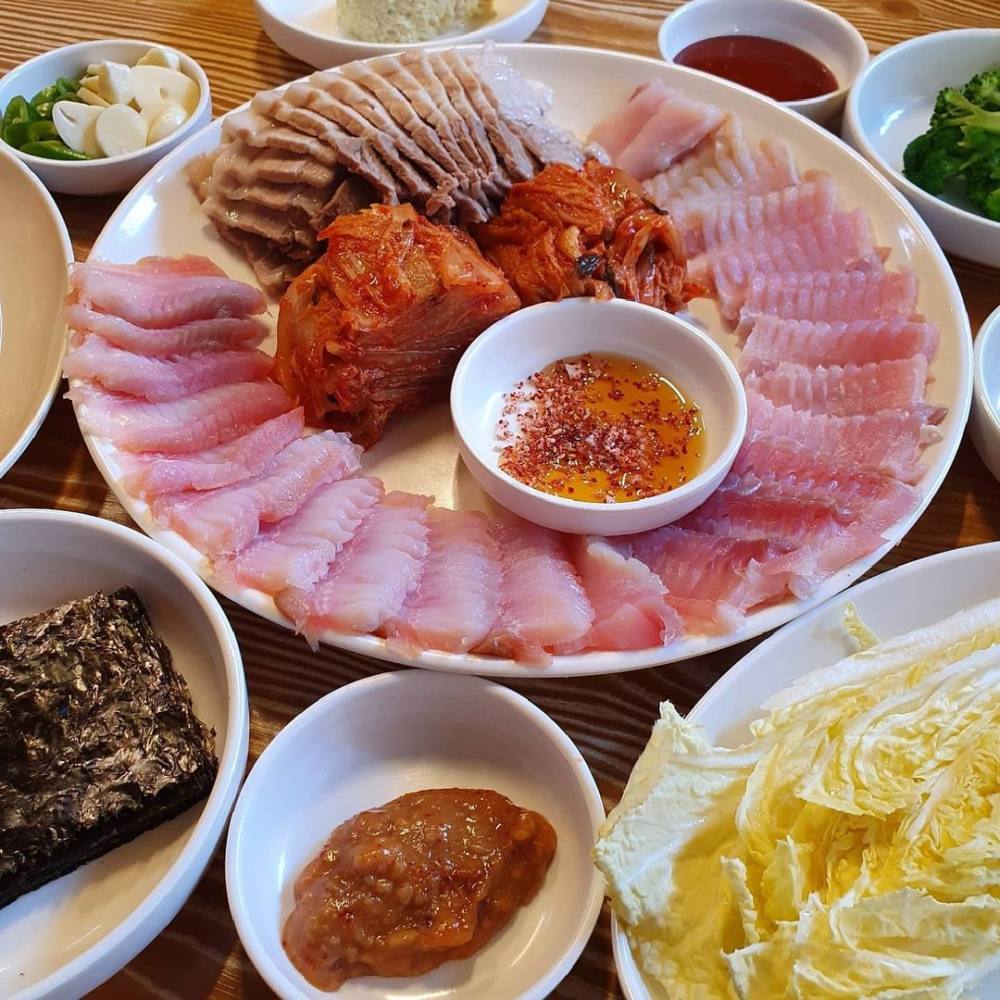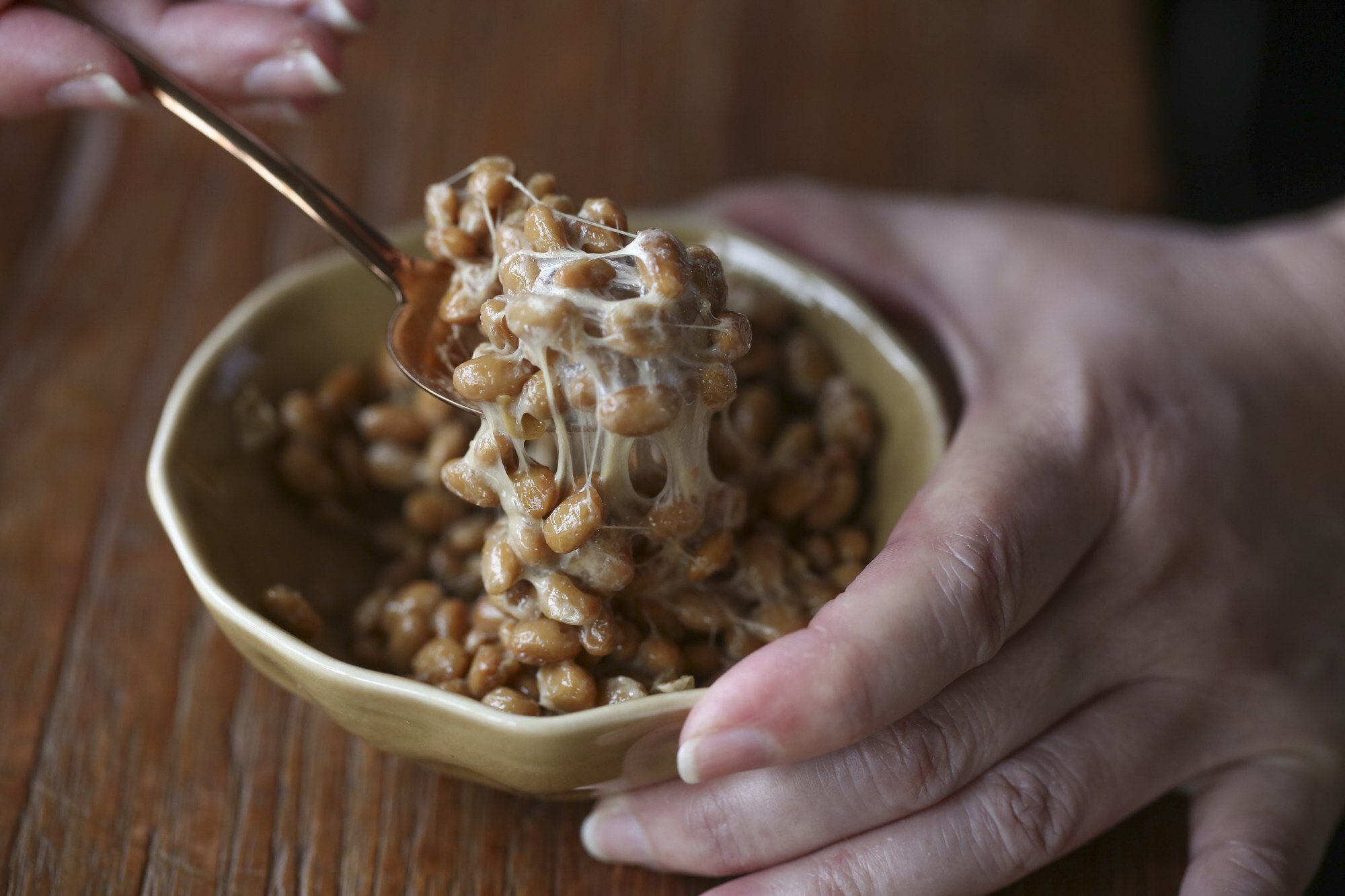4 smelly Asian foods that taste amazing: stinky tofu, luosifen noodles, hongeo-hoe – and would you try durian?

That’s especially true with street food. There might be local delivery options available for some, while others remain elusive outside their native countries. Check out this list of foods that pack a punch in terms of smell and savoury factor.
Luosifen (origin: China)

This pungent rice noodle dish became particularly trendy in its home country in late 2020, but it was already hot before that: it’s a staple in Liuzhou, the city in Guangxi where it was popularised. And with the lockdowns imposed last year, the demand for its pre-packaged version soared.
It might look like any other soup noodle dish, but its ingredients already set it apart: pork or beef bones and river snails form the soup stock. What gives the dish its soul, though, are pickled bamboo shoots. These are carefully prepared, added to the broth, and married with handfuls of spices like chilli peppers, star anise and fennel. Some recipes even call for at least 18 flavourings and natural preservatives, which give it healthy benefits aside from a delectable taste. So don’t let the smell hold you back.
Stinky tofu (origin: China and Hong Kong)

Any night market enthusiast will recognise this dish. What makes it unique is the brine made with fermented milk, vegetables and meat (including shelled shrimp). Less daring diners might shy away from Changsha’s version, which is jet black and fried after white hairs begin growing on the skin. In Hong Kong and Taiwan, it’s usually served with hoisin or chilli sauce.
A pre-packaged version is fermented tofu from Beijing, famously offered by the century-old brand Wangzhihe. Like Changsha’s stinky tofu, this version is also black in colour – but beneath the off-putting smell and appearance is a flavour that might get you hooked. Consider pairing it with yummy steamed buns.
Durian (origin: Borneo and Sumatra)

There are several varieties of durian – some sources cite more than 300 in Thailand alone. It’s important to note that some of these are not edible. Those that are, though, have notes of chives, caramel, cream and almonds. Canned durian is available, but it’s best to enjoy it fresh. Some treat it like dessert and even make ice cream out of it. Others mix it with salty ingredients for a savoury dish best eaten with rice.
Hongeo-hoe (origin: Korea)

“Fish preserved in its own urine” might not sound appetising, but hongeo-hoe is a real delicacy in the Land of Morning Calm. Also called “fermented skate”, hongeo-hoe is known to smell like a poorly maintained toilet – for obvious reasons. It’s typically served sashimi-style and tastes excellent with two other mildly stinky fares: bossam (boiled pork belly) and kimchi.
Hongeo-hoe might remind some of surströmming, the fermented herring from Sweden. It has a colourful history that dates back to the mid-14th century. At present, it’s seen as a cultural asset, especially in Mokpo, where it’s a staple in important dinners.

But there are many other dishes that are worth a try too. Complete your adventurous foodie list with the following and make sure to eat them with a warm bowl of rice:
● Dried seafood like tuyo, daing, danggit or bulad from the Philippines
● Pad sa tor (stinky beans) from Thailand
● Nattō (fermented soybeans) from Japan
● Prahok (preserved fish paste) from Cambodia
● Jengkol fruit from Indonesia
● Chatsargana (sea buckthorn juice) and airag (fermented horse milk) from Mongolia
Want more stories like this? Sign up here. Follow STYLE on Facebook, Instagram, YouTube and Twitter.

- Korean hongeo-hoe, or fermented skate, is preserved in its own urine and might remind some of the Swedish surströmming – but it’s a delicacy in Mokpo
- Beijing’s century-old Wangzhihe brand creates a black coloured fermented tofu similar in appearance to Changsha’s traditional take on the street food speciality